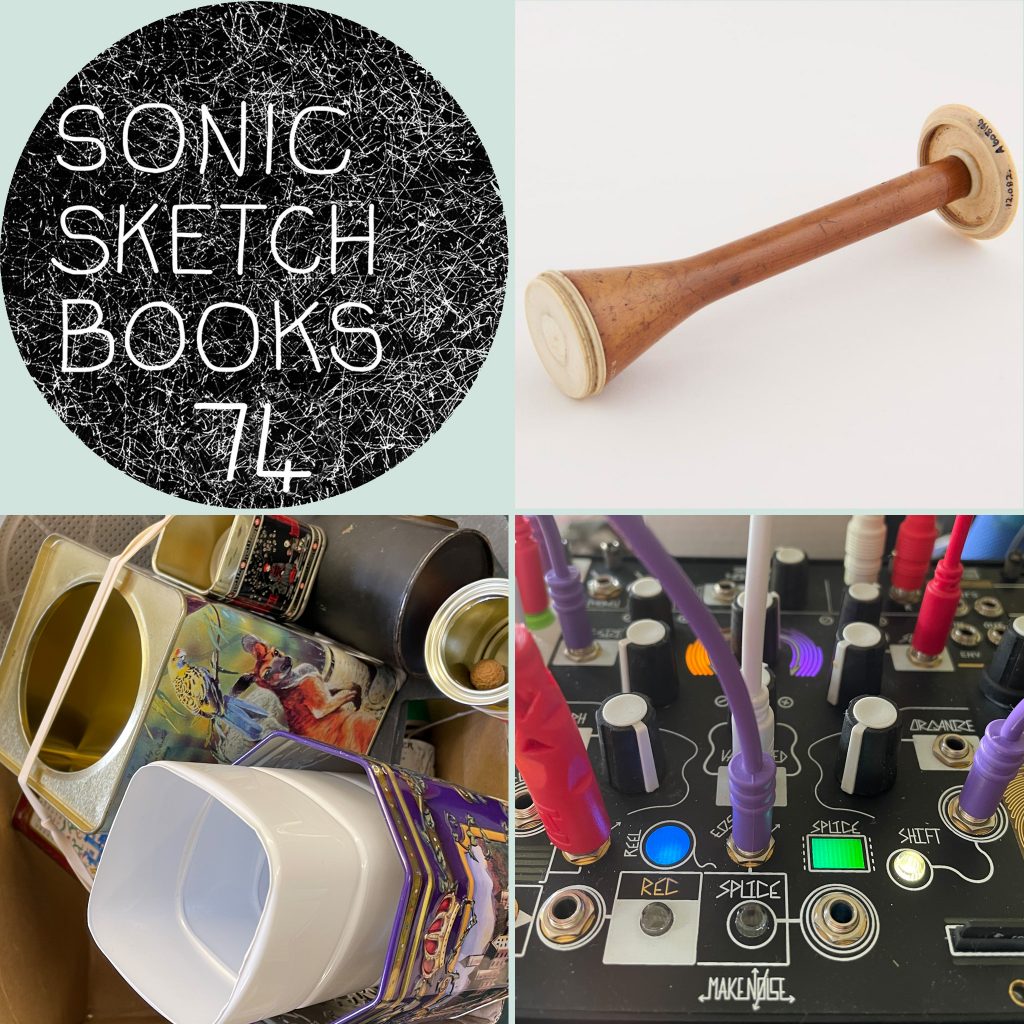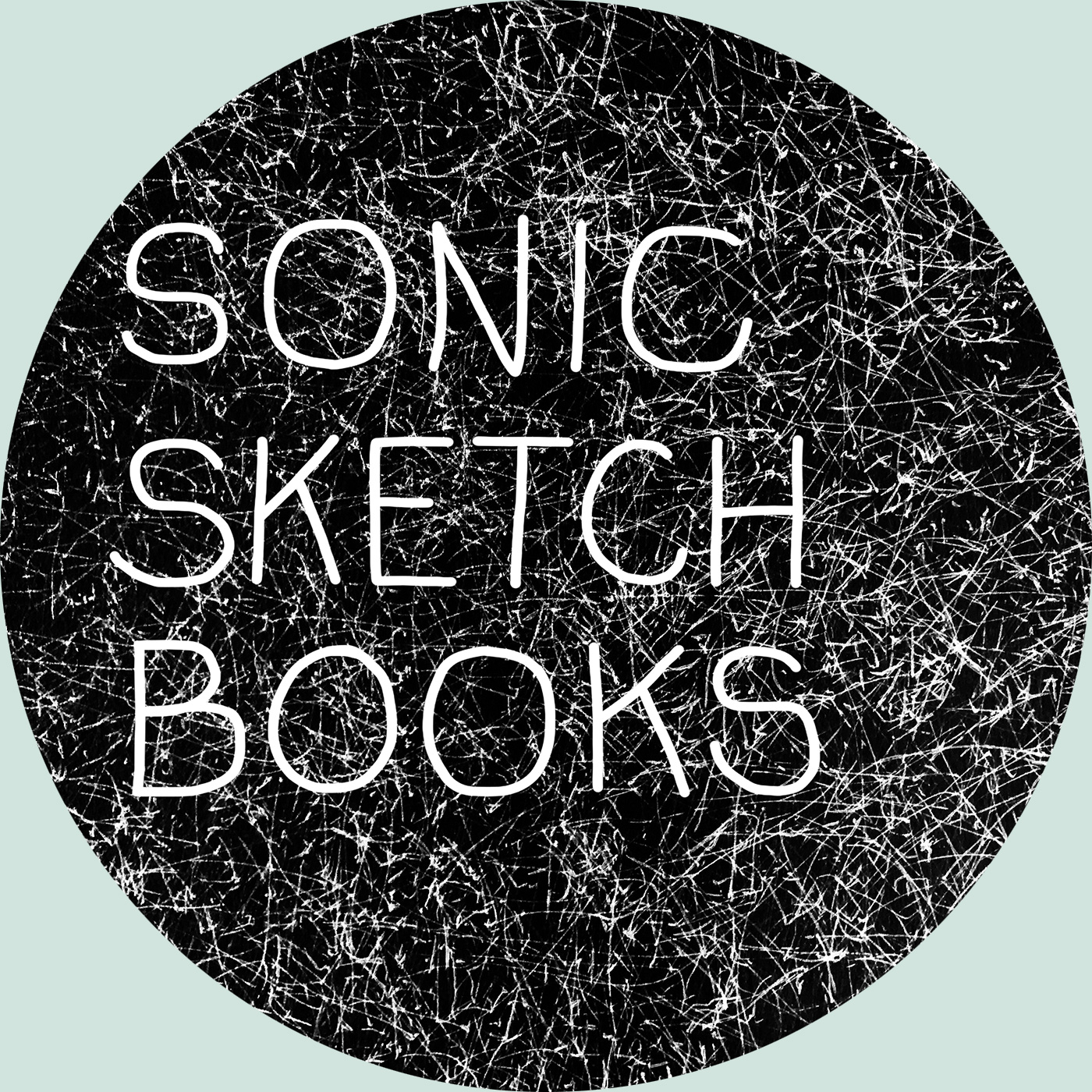
release date: 31 January 2023
listen on soundcloud
I’ve long been collecting individual sounds of everyday objects like saucepan lids, wine glasses, tools and implements, vessels and containers. I strike the object once with something, perhaps a chopstick with a rubber band wound around one end, a wooden spoon or something else to hand, and record the sound it makes. Any object can be coaxed to generate a variety of sounds depending on what it is struck with, where and with what intensity.
I call this my Pleximetry series, named for the medical diagnostic method of tapping the chest and other body areas. Forms of this art of listening-touch were practiced in Egyptian antiquity and probably across pre-colonial societies, but an early written description of the technique was made, in Latin, in 1761 by a doctor who developed his method from memories of his father tapping wine kegs.
In 1826 a doctor of the Napoleonic wars, Adolph Piorry, inspired by the recent invention of the stethoscope to listen to and learn from the bodies internal sonic mysteries, invented the pleximeter to instrumentalise diagnostic percussion with analogue amplification. He also coined other still-used neologisms such as toxin and septicemia.
I’ve now gathered a library of hundreds of Pleximetries and have used them in different ways in gallery installations, performances and previous episodes; and I recently made an addition of 160 new sounds gathered from objects at a friends rural farmhouse and working sheds.
This episode is a 20 minute ambient meditative composition made with a small subset of this new collection which I fed into a modular synthesis array. The audio files were first sent to a MakeNoise Morphagene granular synthesis module. The Control Voltage output of that input signal I cabled to a Mutable Instruments Branches module – a coin-toss simulator that randomly assigns signal to a pair of heads/tails outputs that were then sent to TipTop Audio’s MISO module – an acronym for Mix, Invert, Scale and Offset – for dial manipulation of the aleatory CV signals which are then fed back into the Morphagene to control various of its parameters such as sample selection, playback position within the sample, grain size and vari-speed. The patched array is a feedback loop that continuously evolves without further intervention.
I like to think of this as a kind of prepared synthesiser, in the trailing wake of John Cage’s prepared piano and all the other prepared instruments and players that have followed from his 1940 experiments to make something new, strange and complex through inventive, exploratory combination of knowns, unknowns and the vagaries of chance.
I then further manipulated the Morphagene output recordings through my usual compositional methods of layering, time-shifting, effecting and signal-processing in the digital video editing software Final Cut Pro.
